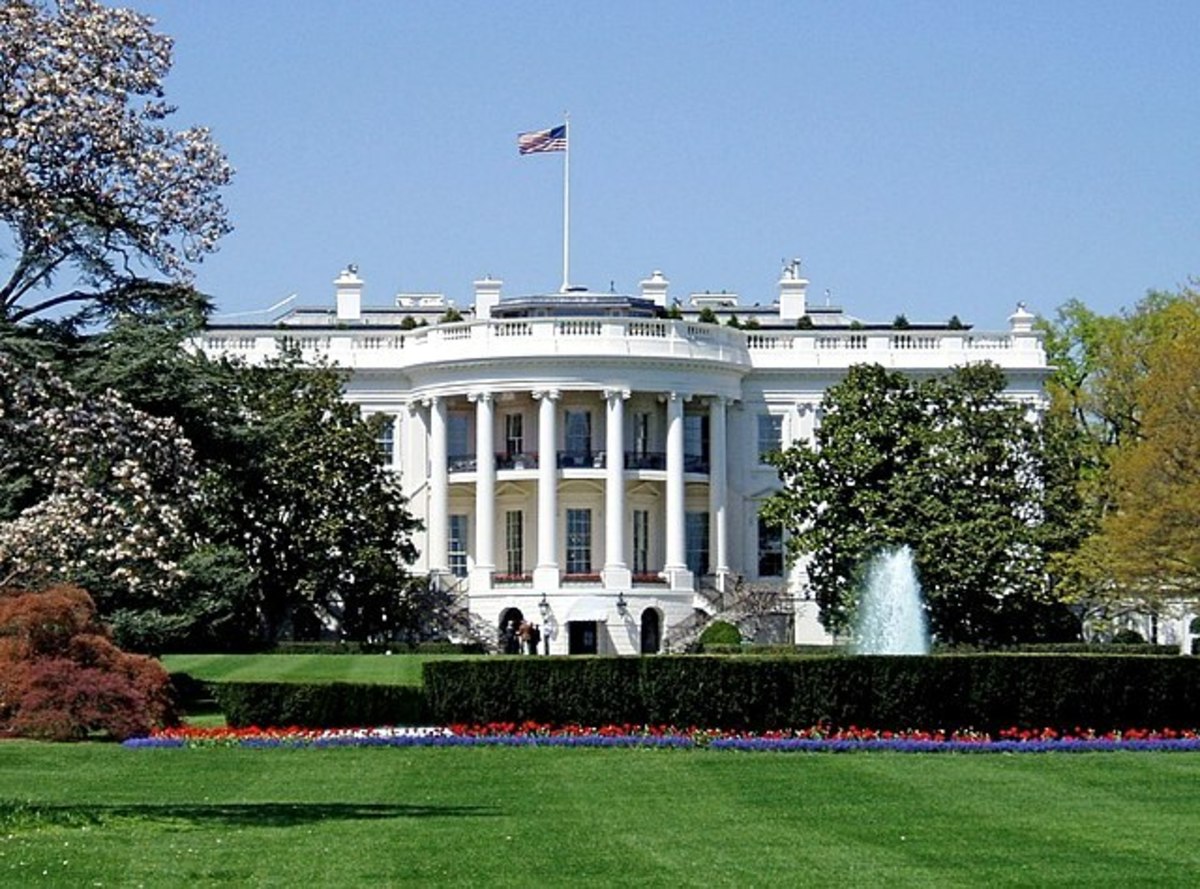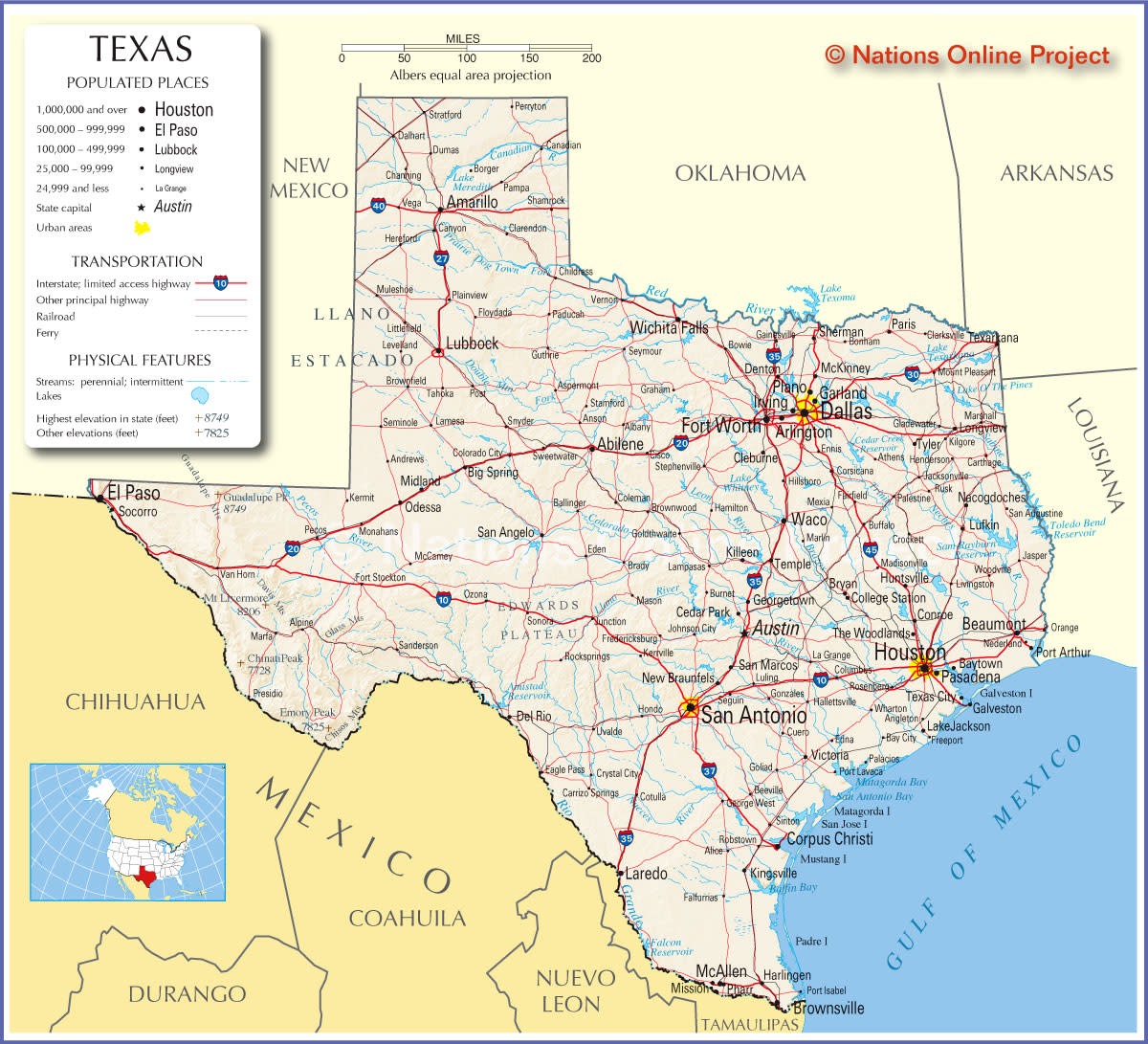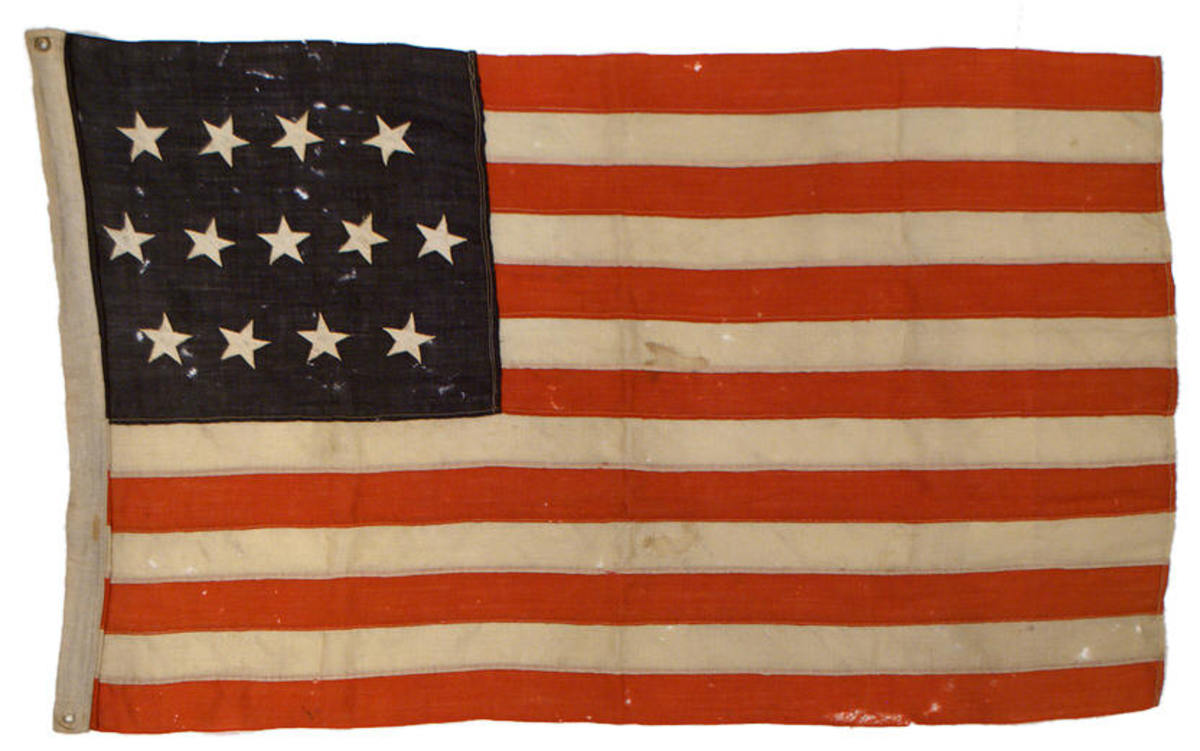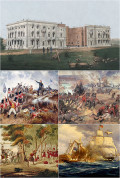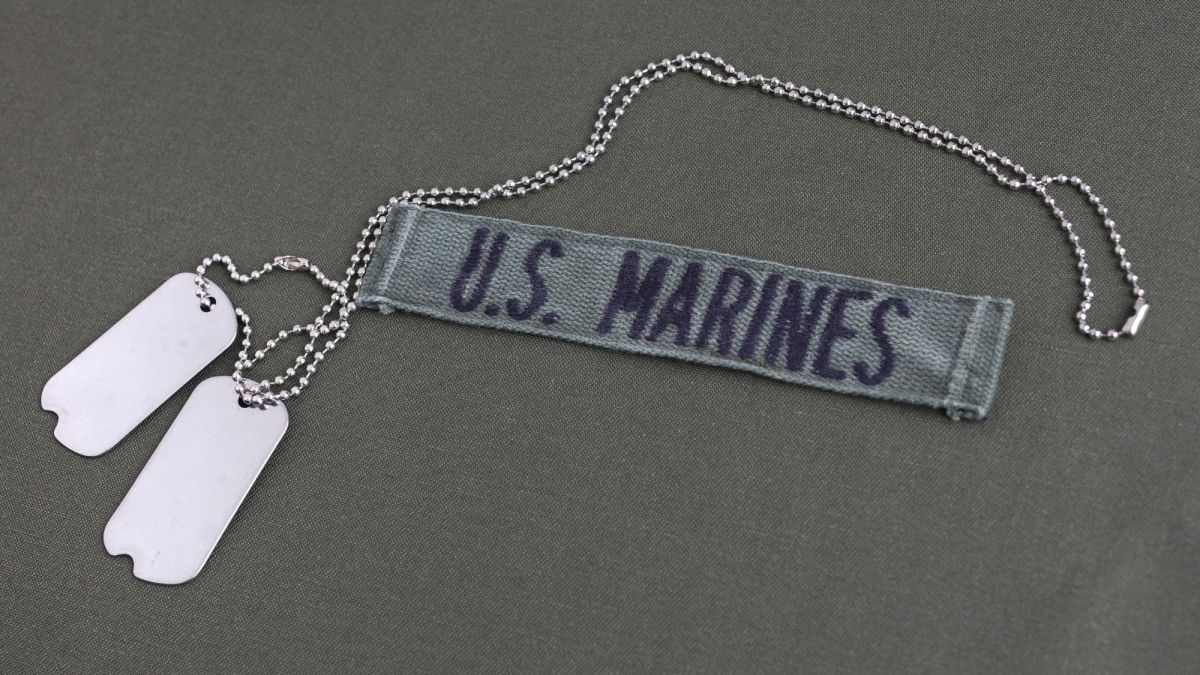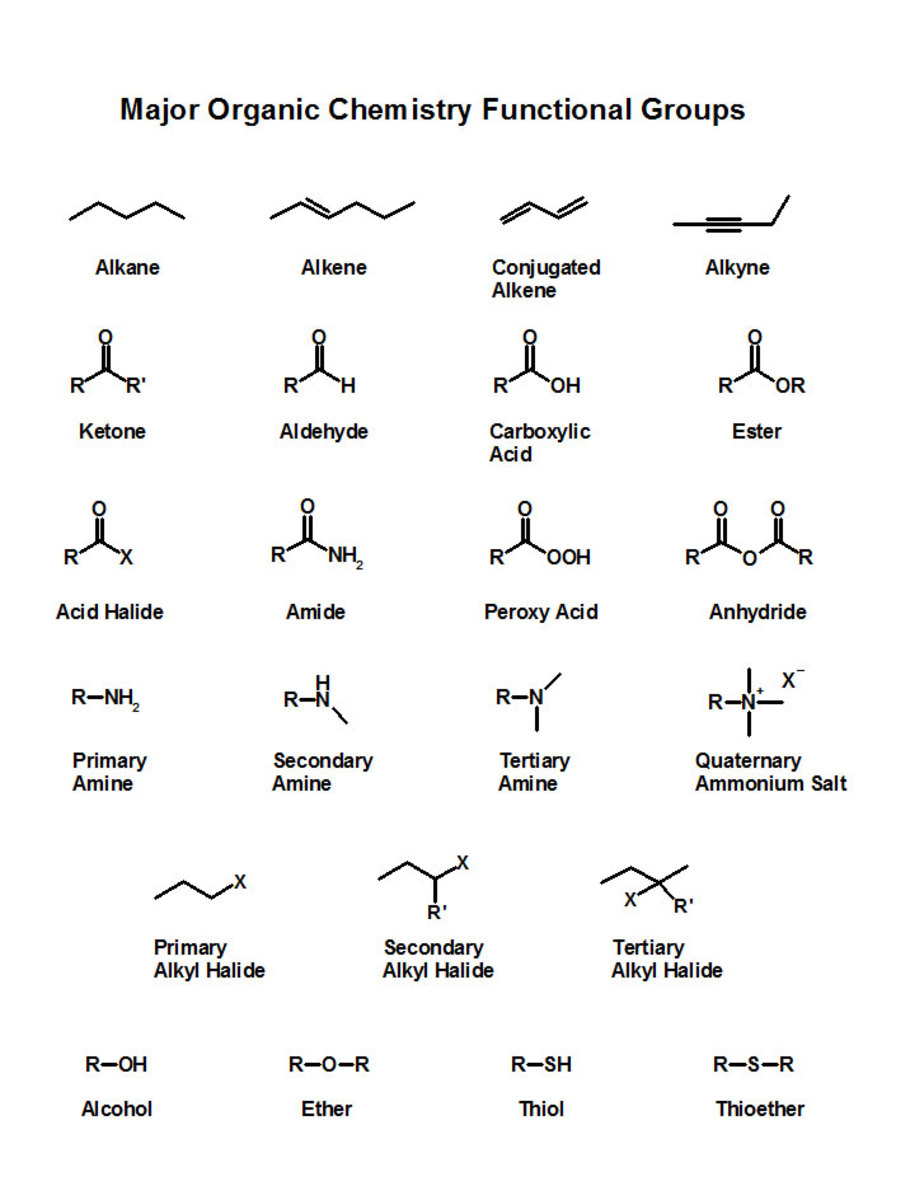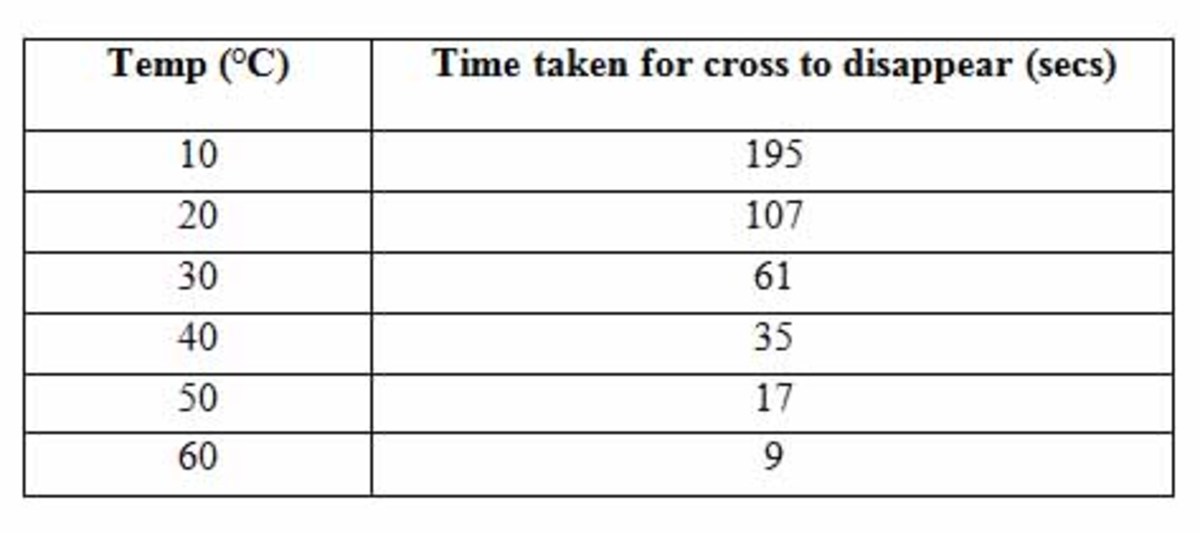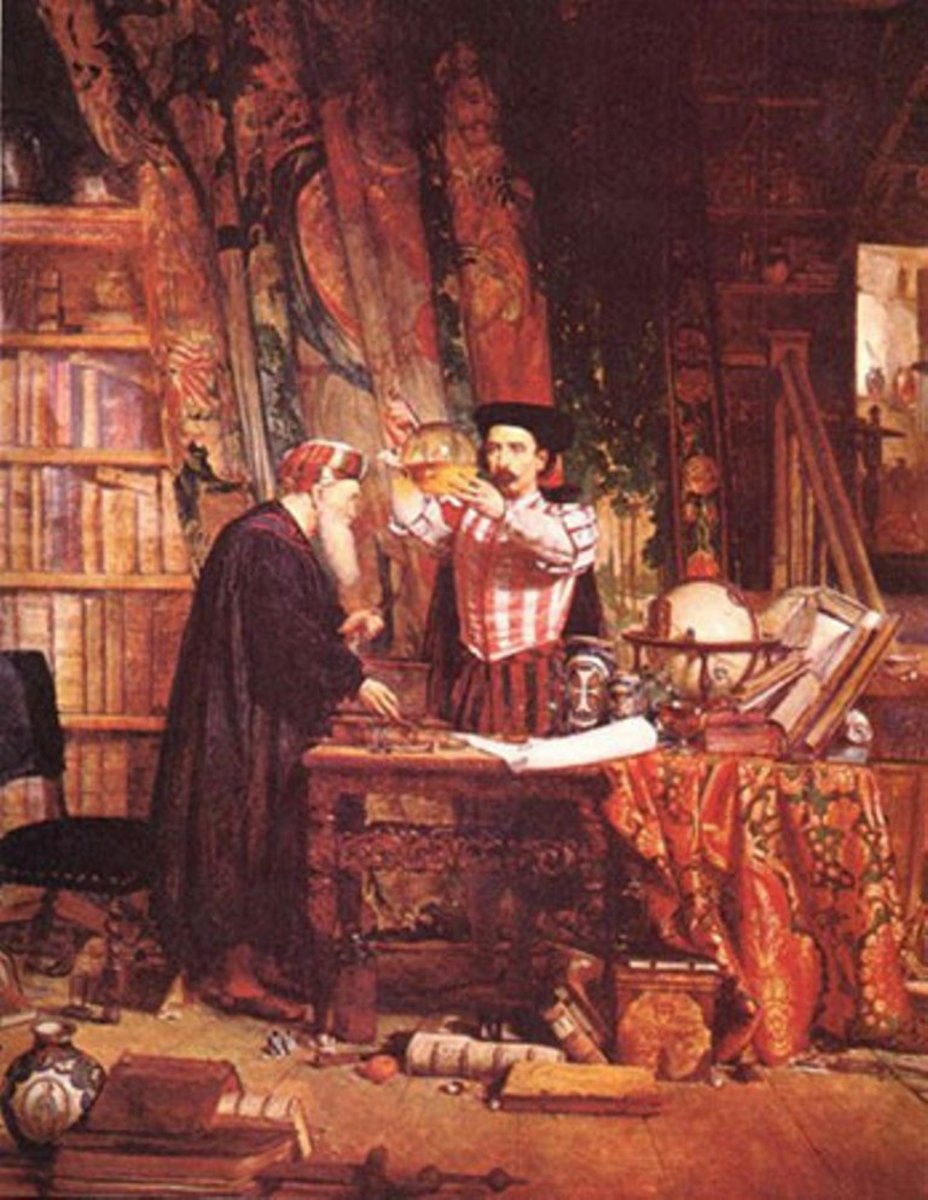U.s Imperialism in the Hawaiian Islands
Image
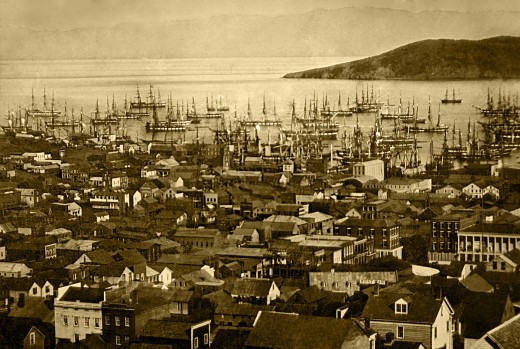
U.S Imperialism in the Hawaiian Islands
People from the United States began moving to the Hawaiian Islands in the early 1800s. Some people started sugar plantations, or large farms. Others grew fruits like pineapples or started businesses in Hawaii. By the end of the 1800s, many Americans wanted the United States to annex Hawaii, or make the Hawaiian Islands part of the United States. Hawaii's leader, Queen Liliuokalani, did not want to give up her power. Some Hawaiians agreed with her, but others did not. In January 1895, the Americans took over Hawaii. In 1896, U.S. President William McKinley signed a treaty, or a written promise, with the leaders in Hawaii. The Hawaiian Islands became part of the United States. However, many leaders wanted more for African American men. They believed all men should be equal, or treated the same. Many people said that African American men should also be able to vote.
The Background
Before the United States became a country, it was controlled by Great Britain. In 1776, the United States declared independence. This means that Americans said they were free from Great Britain. The United States fought a war to become free. This war was called the American Revolution. After the war, the relationship between the two countries was not a good one. In 1807, a British ship shot at an American ship. The British also sometimes captured, or caught, American sailors and forced them to work for the British Navy. A navy is like an army on the sea. A navy protects the areas of water near a country. Its ships can be used to fight other country's ships. Because the British were doing these things, President Thomas Jefferson made a law called the Embargo Act. This law said that American ships could not trade, or do business with, ships from other
countries.
War Begins
President Jefferson passed the Embargo Act to hurt Great Britain. Instead, the law hurt Americans. Americans could not make money by trading with other countries. Leaders of the U.S. government were not sure what to do. Some people wanted to go to war with Great Britain, but other people did not.
On June 18, 1812, the United States started a war with Great Britain. Unfortunately, the United States was not ready to go to war. Many of the soldiers, or fighters, did not have the right training. This means they had not been taught what to do in a war.
Important Battles.
Most of the fighting during the War of 1812 happened in three areas. One area was in the northern part of the United States, near Canada. Another area was along the East Coast of the U.S., near Washington, D.C. The third was in the area of the Gulf of Mexico. There were several important battles during the War of 1812. Battles are individual fights in a longer war. The Battle of Niagara at the beginning of the war, the American Army tried to invade, or take control of, parts of Canada. Canada got help from Great Britain and from many Native American tribes (groups). The Americans lost this battle. The Battle of Lake Erie at the beginning of the war, the British controlled Lake Erie. During this battle in 1813, Americans got control of the area by beating the British Navy. The Battle of Washington, D.C. In 1814, the British Navy attacked Washington, D.C. Washington was the capital of the United States. The White House, the place where the President of the United States lives, was burned. The Battle of New Orleans the United States bought land called the Louisiana Territory from France in 1803. However, Spain still owned the city of New Orleans in Louisiana. Since Spain and Britain were friends at this time, this made things hard for the United States. Andrew Jackson led the American Army in the battle for the city. The Americans won, after a long battle. The Americans were able to win the War of 1812 because of good leaders. Andrew Jackson American troops led by Jackson beat 10,000 British soldiers who tried to attack New Orleans. Jackson later became President of the United States. Oliver Hazard Perry Perry led the American Navy at the Battle of Lake Erie. The Americans won this fight, and it helped the United States in the war. Alexander Macomb, Macomb led 1,500 American soldiers in a battle against 11,000 British soldiers during the Battle of Plattsburg. The Americans won.
The Treaty of Ghent
The Treaty of Ghent was signed on December 24, 1814. A treaty is an important agreement between two countries. It says what each country agrees to do. Although the treaty was signed in December, it took a long time for everyone to find out about it. Soldiers fought until February 12, 1815. By the time the War of 1812 ended, more than 1,600 British sol President Andrew Jackson signed the Indian Removal Act in 1830. This law forced Native Americans in the southern United States to leave their homes and move to land in the Oklahoma territory.
The Background
Before the 1830s, there were five Native American tribes (groups) living in the southern states of Alabama, Georgia, Florida, Louisiana, Mississippi, and Tennessee. The tribes were the Cherokee, the Chickasaw, the Choctaw, the Creek, and the Seminole. They had lived on the land for thousands of years before settlers came and wanted to take their land. Settlers are people who move to a new place. In 1830, President Andrew Jackson passed the Indian Removal Act. The Indian Removal Act said that the Native Americans who lived in the southern United States had to leave their homeland. From 1830 to 1835, the United States made these five tribes in the south to move west to an area called Indian Territory. This was an area of land the U.S. government gave to the tribes. Today Indian Territory is the state of Oklahoma.
The Settlers and the Native Americans
The settlers wanted the Native Americans to leave their land for many reasons. A lot of Americans did not understand Native Americans because they had a different culture. Culture is the way a group of people live, their ideas, and their beliefs. Another reason many settlers wanted the Native Americans to leave was so the settlers could grow cotton and tobacco on the land. In 1828, gold was discovered on Cherokee land. After this, even more settlers wanted to move south to look for gold. Native Americans Fight Back, the Native Americans did not want to leave their land. Some tribes tried to keep part of their land. The Cherokee tribe asked the Supreme Court to help them. The Supreme Court is the highest court in the United States. The Supreme Court said that the Cherokee could stay on their land. President Jackson did not listen to the Supreme Court. Some states paid the tribes for their land, but they paid very little money. In the end, the tribes had to leave. Thousands of Native Americans died during the move. Their journey became known as the "Trail of Tears." Over 50,000 Native Americans lost their homeland and 2,250 American soldiers had died. After the Civil War (1861-1865) in the United States, the U.S. Congress tried to help African Americans. Congress is the group of leaders who make laws in the United States. First, Congress ended slavery. Slavery is when one person owns another person. Second, Congress made a law that let African American men vote. People in the North did not own slaves. They did not want people in the South to own slaves, either. After the North won the Civil War, people in the South could not own slaves anymore. The slaves were free.

